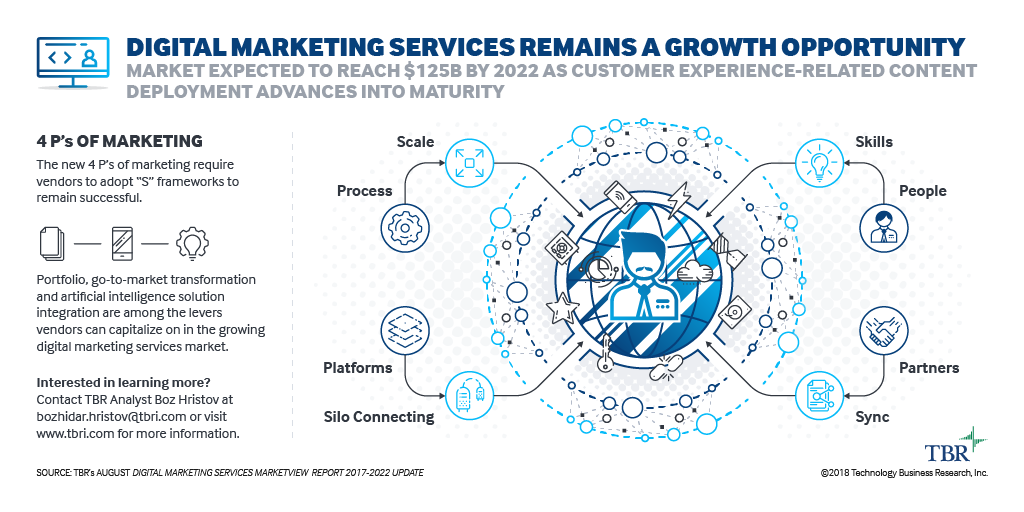Data center builds and expansions, along with AI investments, will drive webscale ‘Super 7’ ICT capex to $69B by 2022
HAMPTON, N.H. (Sept. 6, 2018) — According to Technology Business Research, Inc.’s (TBR) 3Q18 Webscale ICT Market Landscape, webscale ICT capex for the “Super 7” will grow at a 26.2% CAGR to over $69 billion in 2022 as these top webscales aim to future-proof business-critical infrastructure and map network capacity to data traffic growth, which is expected to increase exponentially through the forecast period. Webscales are investing tens of billions of dollars in new data centers, either to support their core businesses or to increase the scale of their cloud services businesses.
“Capex spend is spiking in 2018 as the Super 7 build new facilities on land acquired in 2017. Amazon’s 30.4% ICT capex growth rate in 2018 is noticeably lower than its peers, which is largely due to its leading presence in the cloud services market,” said Michael Soper, a senior analyst at TBR. “Challengers Microsoft, Alphabet and Alibaba will grow 2018 ICT capex 73.6%, 100.3%, and 101.6%, respectively, year-to-year in a bid to catch up to market leader Amazon Web Services.”
The OEM landscape is being upended as webscales embrace ODMs and open-source technology. A growing number of ODMs aim to take share from incumbent hardware vendors such as Cisco and Dell EMC. Webscales often possess the talent necessary to design their own equipment, then outsource production to an ODM. In these instances, the software is disaggregated from the hardware and the code is written by webscale software engineers. This threat gives webscales negotiating power over incumbents. Cisco is mitigating the threat from ODMs with acquisitions, strong customer relationships and litigation.
TBR’s Webscale ICT Market Landscape tracks the ICT-related initiatives of the seven largest webscale companies in the world, known as the Super 7, which includes Alibaba, Alphabet, Amazon, Baidu, Facebook, Microsoft and Tencent. The report provides a market assessment, deep dives into company strategies and analyzes capex trends, particularly as they pertain to ICT. Vendors are also covered from the perspective of relative opportunities with webscale companies as customers.

